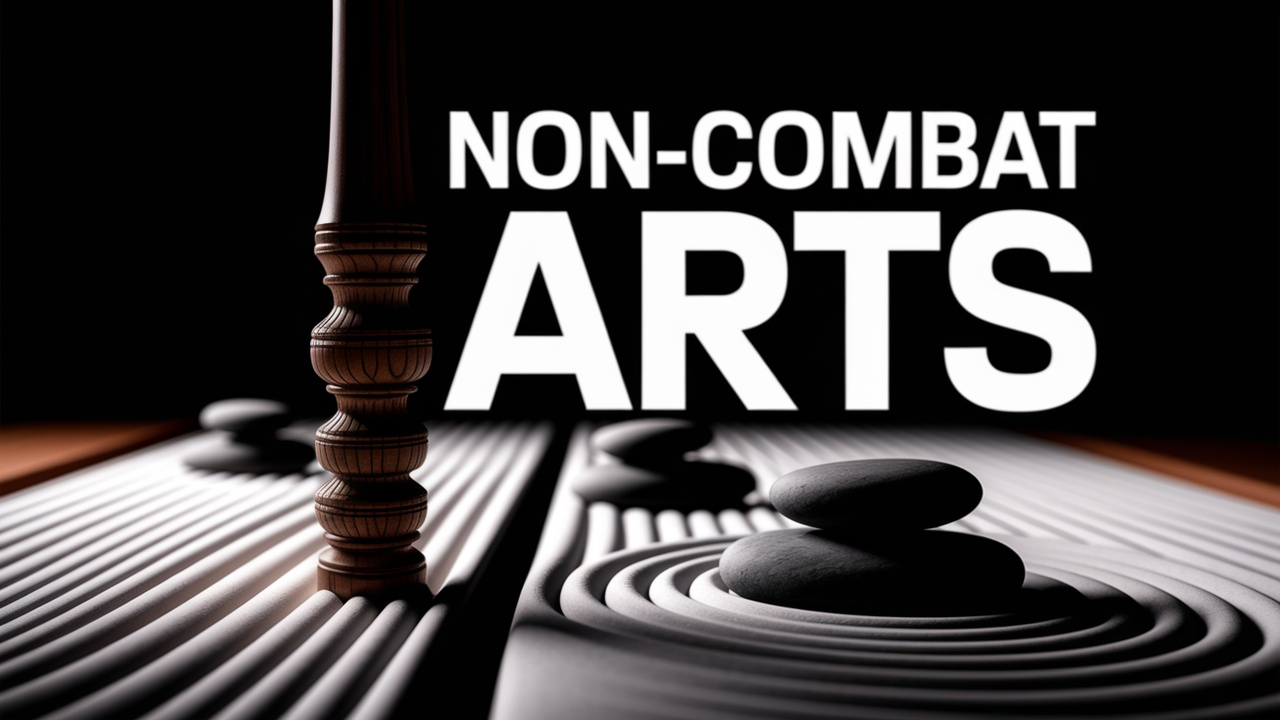
This course is designed to introduce students to the principles and practices of Aikido, a non-combat martial art that emphasizes harmony, balance, and the redirecting of an opponent's energy. Participants will learn the foundational techniques, philosophy, and mindfulness practices integral to Aikido, fostering personal development and self-awareness.
Course Levels
-
Level 1: Introduction to Aikido
An overview of Aikido, its history, and basic principles.
-
Level 2: Foundational Techniques
Learn the basic techniques and movements used in Aikido.
-
Level 3: Intermediate Techniques and Concepts
Explore intermediate techniques and deepen your understanding of Aikido principles.
-
Level 4: Application of Aikido Principles
Applying Aikido principles in real-life situations and personal development.
-
Level 5: Advanced Techniques and Philosophy
Mastery of advanced techniques and deeper exploration of Aikido philosophy.
-
Level 6: Aikido in Community and Leadership
Engaging with the Aikido community and developing leadership skills.
-
Level 7: Personal Reflection and Growth
Reflecting on personal growth and the impact of Aikido on life.
Course Topics
-
Mindfulness and Breathing Techniques
# Mindfulness and Breathing Techniques Mindfulness and breathing techniques are essential components of Aikido practice that enhance mental clarity, focus, and emotional stability. These practices ar...
-
Setting Personal Goals in Aikido
# Setting Personal Goals in Aikido Setting personal goals in Aikido is a crucial step towards self-improvement and mastery of the art. This process not only helps practitioners focus their training e...
-
Principles of Non-Resistance
# Principles of Non-Resistance Non-resistance is a fundamental concept in Aikido, emphasizing harmony and fluidity rather than conflict. This principle teaches practitioners to redirect energy rather...
-
Introduction to Ukemi (Falling Techniques)
# Introduction to Ukemi (Falling Techniques) Ukemi, or falling techniques, is a fundamental aspect of Aikido that emphasizes safety, control, and awareness during falls. Mastering ukemi allows practi...
-
Organizing Aikido Events and Workshops
# Organizing Aikido Events and Workshops Organizing events and workshops within the Aikido community is not only a way to promote the art but also an opportunity to strengthen community ties and fost...
-
The Role of Intention in Aikido
# The Role of Intention in Aikido ## Introduction Intention is a fundamental concept in Aikido that goes beyond mere physicality; it encompasses mental focus, emotional awareness, and the alignment o...
-
Building a Supportive Aikido Community
# Building a Supportive Aikido Community Creating a supportive Aikido community is essential for fostering growth, resilience, and a sense of belonging among practitioners. This topic explores how to...
-
Philosophical Concepts: Harmony and Balance
# Harmony and Balance in Aikido ## Introduction In the practice of Aikido, harmony and balance are not merely physical states; they represent profound philosophical concepts that permeate the martial...
-
Self-Defense vs. Self-Protection
# Self-Defense vs. Self-Protection In the context of martial arts, particularly in Aikido, understanding the distinction between self-defense and self-protection is crucial for practitioners. While t...
-
Footwork and Balance
# Footwork and Balance Footwork and balance are crucial elements in Aikido that enable practitioners to move fluidly and effectively in response to an opponent's actions. This topic will explore the ...
-
The Role of Meditation in Aikido Practice
# The Role of Meditation in Aikido Practice Meditation is a crucial aspect of Aikido, influencing both the physical and mental dimensions of practice. This topic explores how meditation complements A...
-
History and Philosophy of Aikido
# History and Philosophy of Aikido ## Introduction to Aikido Aikido, a modern Japanese martial art, was developed in the early 20th century by Morihei Ueshiba, known as O-Sensei (Great Teacher). Unli...
-
Journaling Your Aikido Journey
# Journaling Your Aikido Journey Journaling is a powerful tool that can enhance your Aikido practice by allowing you to reflect on your experiences, track your progress, and set personal growth goals...
-
Advanced Techniques: Nikkyo and Sankyo
# Advanced Techniques: Nikkyo and Sankyo Nikkyo and Sankyo are two advanced techniques in Aikido that exemplify the art's principles of balance, control, and fluidity. Both techniques are primarily u...
-
Mentorship in Aikido Training
# Mentorship in Aikido Training Mentorship is a fundamental aspect of learning and growth within the practice of Aikido. This topic explores the role of mentors in Aikido training, the benefits of me...
-
Understanding Ki (Energy)
# Understanding Ki (Energy) ## Introduction to Ki In Aikido, the concept of Ki (pronounced 'key') is fundamental. Ki is often translated as 'energy' or 'life force' and is considered a vital componen...
-
Sharing Your Aikido Experience with Others
# Sharing Your Aikido Experience with Others ## Introduction Aikido is not just a martial art; it’s a way of life that promotes harmony, balance, and personal growth. As you progress in your training...
-
Leadership Skills through Aikido Practice
# Leadership Skills through Aikido Practice Aikido, a non-combative martial art, emphasizes harmony, balance, and the importance of leadership in both practice and daily life. The principles of Aikid...
-
Aikido in Daily Life: Practical Applications
# Aikido in Daily Life: Practical Applications Aikido, often regarded as a martial art focused on self-defense without aggression, carries principles that extend beyond the dojo and permeate daily li...
-
Conflict Resolution through Aikido
# Conflict Resolution through Aikido Aikido, often referred to as the "art of peace," is not only a physical martial art but also a philosophy that can be applied to everyday conflicts. This section ...
- And 8 more topics...